
Most Americans have been homebound for nearly two months because of the COVID-19 pandemic. Some have undoubtedly already found new hobbies, while others may still be looking for ideas to spend their time. Trying out new recipes is one option, and cooking like a pro may be easier than most people think.
24/7 Tempo spoke to two chefs — both of whom are temporarily laid off due to the closure of restaurants in New York City — to learn some cooking tips that are taught in culinary schools.
You can Google how to make the perfect soufflé or steak, but how to prepare them at home – where kitchens are not usually as well equipped as those in restaurants – may take some extra skills.
The following is not an exhaustive list. So if you need additional advice about saving time, safety, or preparing ingredients before turning on the stove — here are 50 basic cooking tips you should memorize.
Click here for surprising tips you can learn at culinary school.
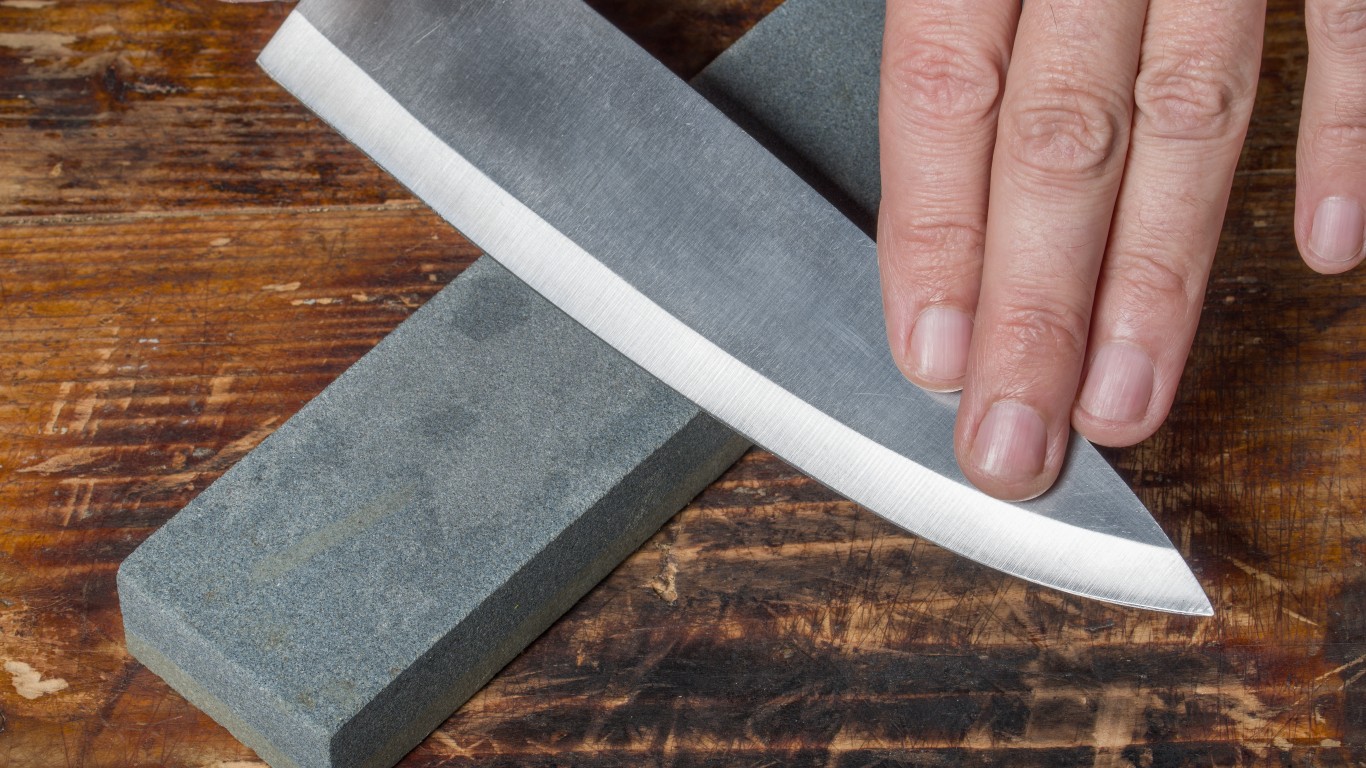
1. Sharpening knives
You have to keep your knives sharp. Otherwise, slicing and chopping will be much harder. If you take proper care of your knives — and this is where honing comes in — you’ll only need to sharpen your blade a few times a year. You don’t want to sharpen the knife too often because sharpening takes off metal and wears out the knife. People with dull knives hurt themselves.
[in-text-ad]
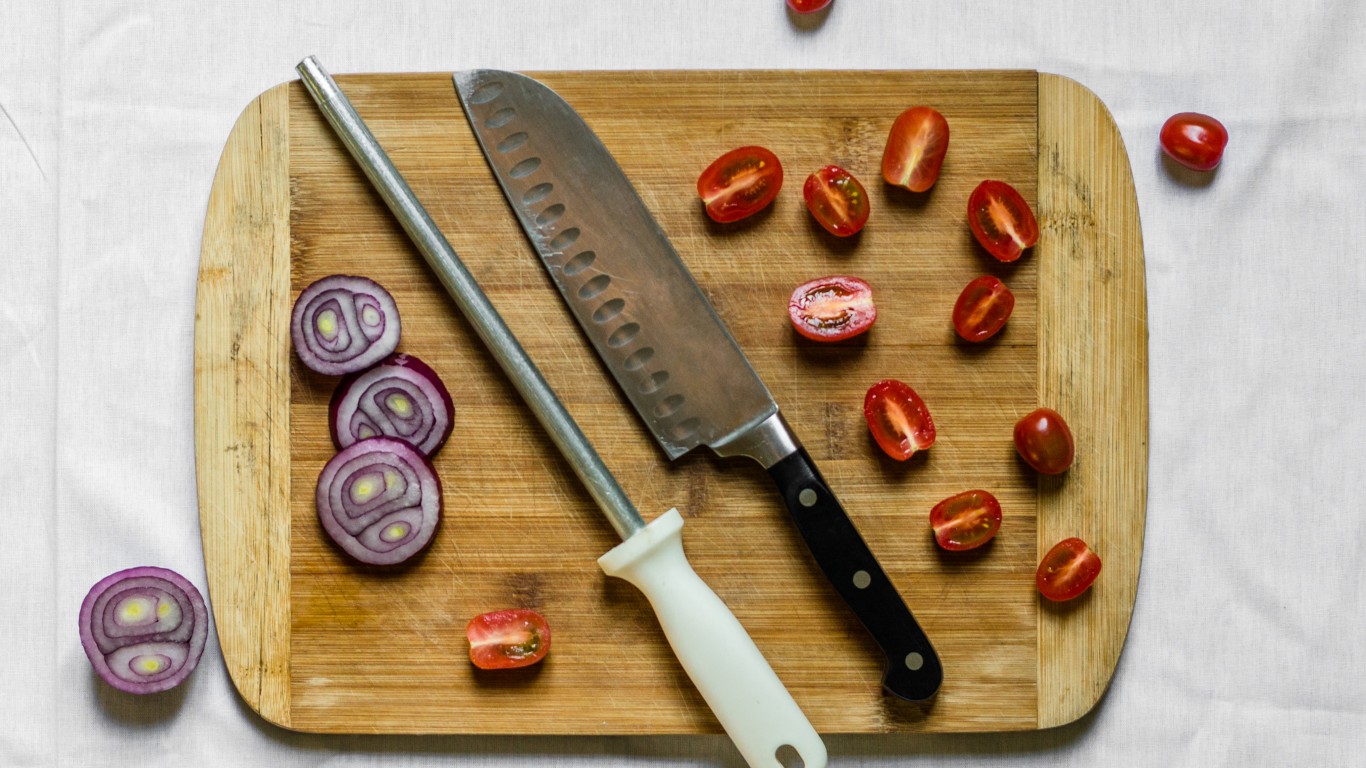
2. Honing knives
Ask any professional chef and he or she will tell you — always hone your knife after every use. Every time you use a knife, some of its teeth will be bent or misaligned. You need to hone the knife in order to keep its edge straight. Hold the honing steel vertically. Press the thickest part of the blade against the steel and pull the knife down towards you.
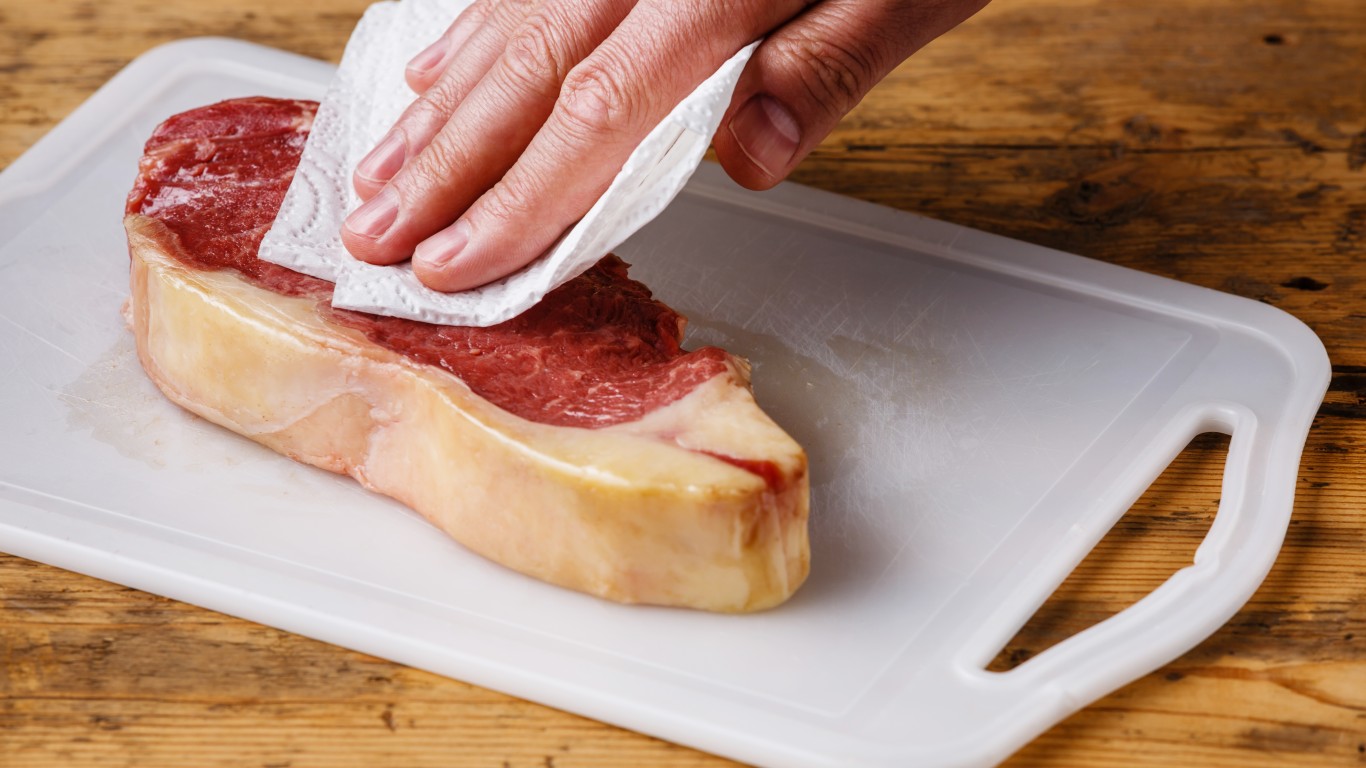
3. Drying meat and fish
You want to thoroughly dry any meat you’re cooking. Otherwise, the meat will brown too quickly. Also, if you don’t dry the meat, the moisture left on the surface of the meat will turn into steam, which may cause oil splatters. Dry the meat or fish with paper towels.
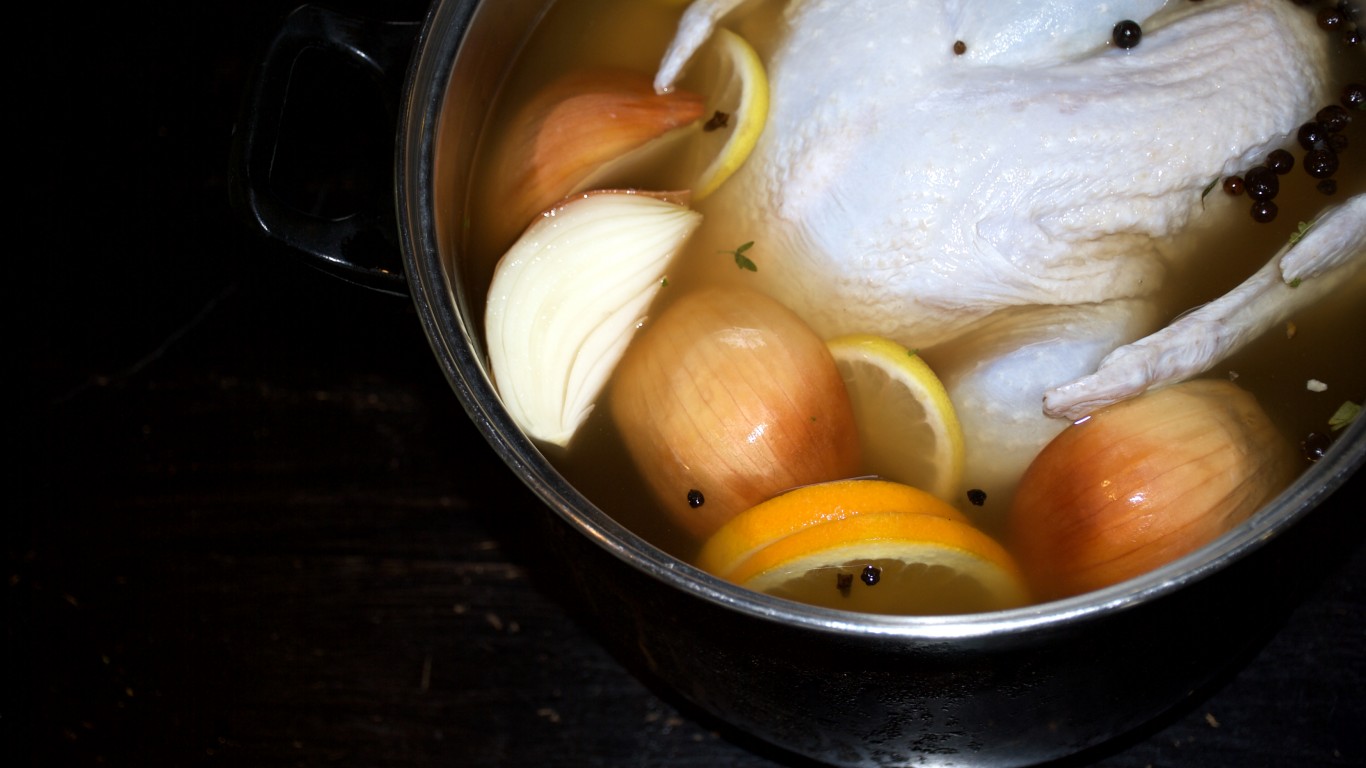
4. Brining meat
A basic brine is simply salt and water. The salinity level is usually between 2% and 5%, depending on how much time the meat is going to be brining. Other items, like herbs and spices, can be added for flavor. Brining helps chefs get their meat — poultry, pork, or beef — perfectly juicy. The meat won’t dry out as fast and you’re less likely to overcook it.
[in-text-ad-2]

5. Judging if a pan is running too hot
Getting a stainless steel pan to the right temperature before adding oil and then food can be tricky. But there is an easy way to tell if the pan is hot enough: Add a few drops of water. When they form a single ball of water that rolls round the pan before evaporating, you know it’s time to add the oil. Turn the heat down a bit to prevent the pan from overheating.
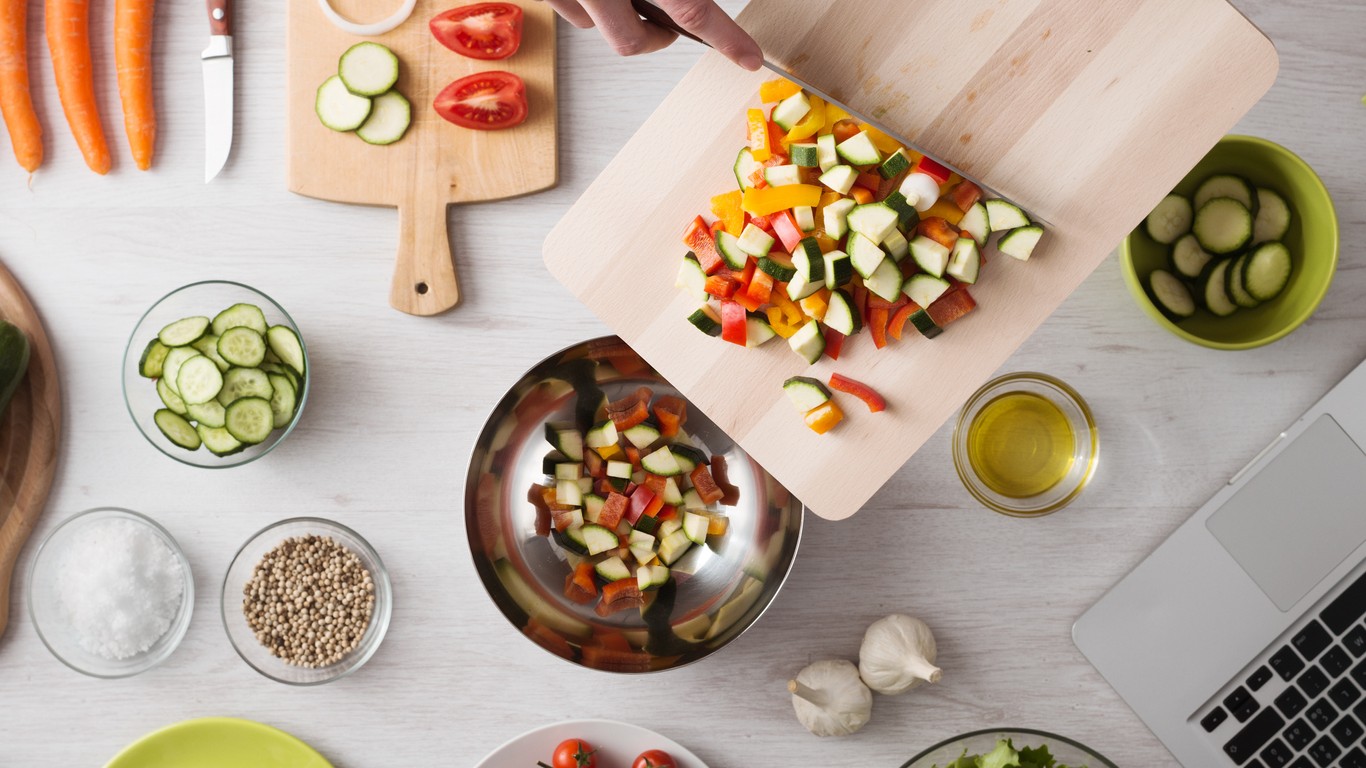
6. Transferring food from cutting boards
Most people use a knife to transfer food from a cutting board, but dragging the knife dulls the blade over time. A dough scraper will do the trick. Also, the scraper is bigger so it can push more food at once.
[in-text-ad]
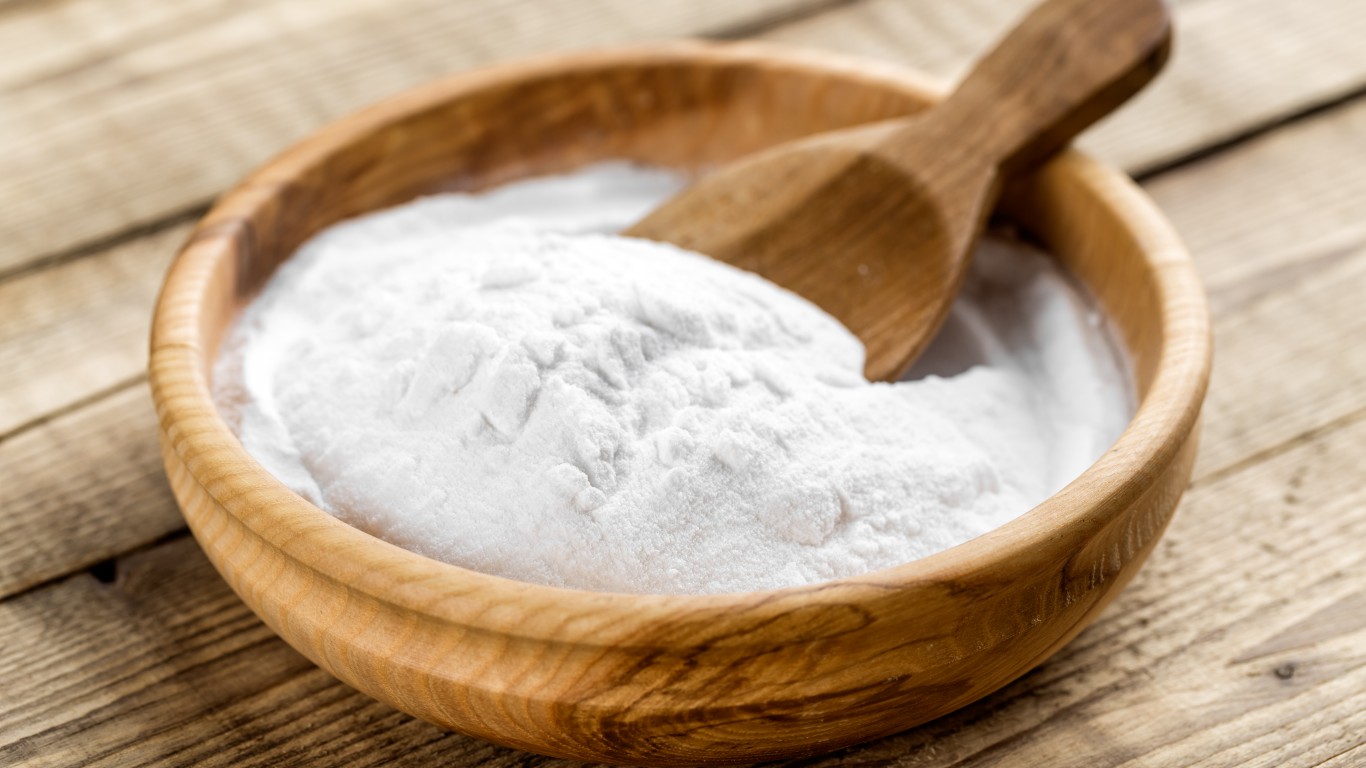
7. Adding baking soda to tomato sauce
Many cooks know you can add sugar to your sauce to lower the acidity of the tomatoes. But if you are avoiding sugar, you can add baking soda. You don’t need much — a quarter of a teaspoon should be enough. After adding the baking soda, keep the sauce on the pot for a few minutes.
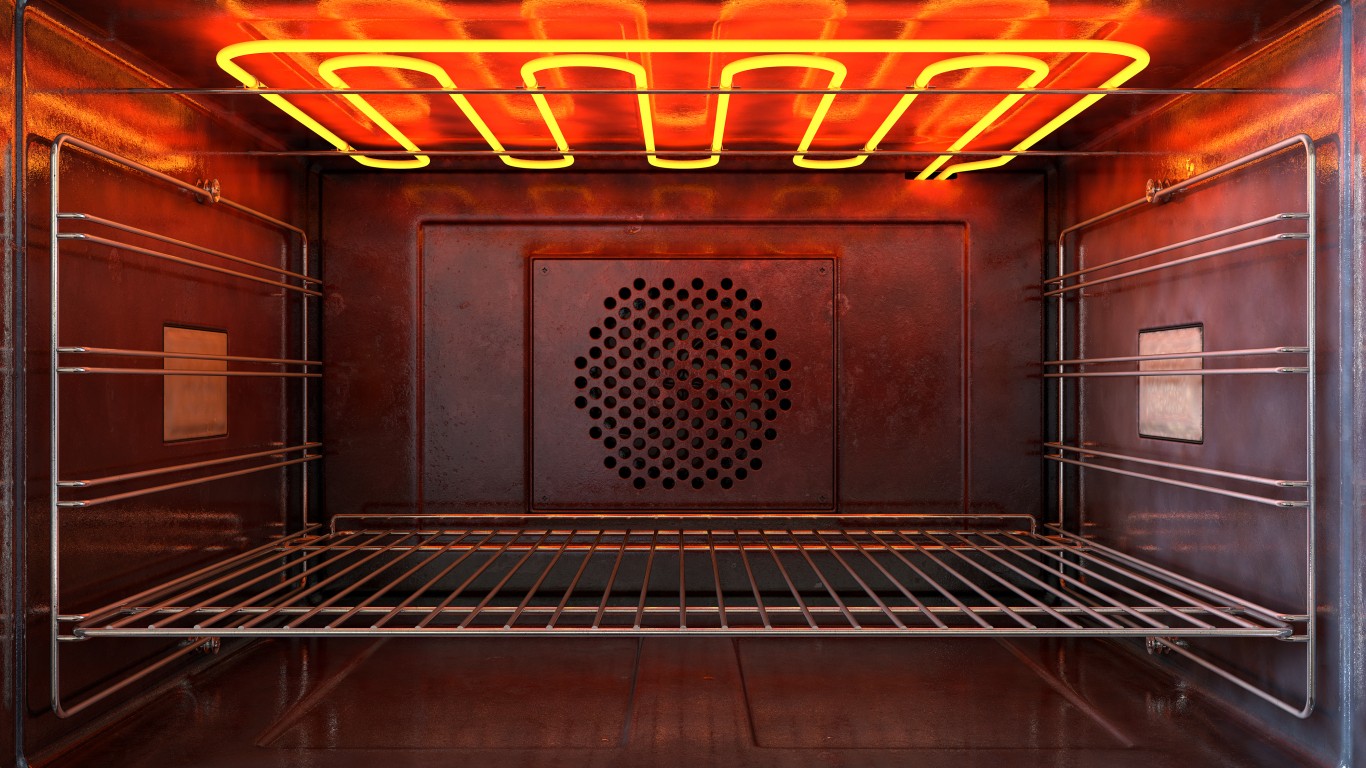
8. Preheating ovens, grills, stoves, skillets
It’s important to preheat the cooking appliance you’re using. Otherwise, whatever you’re making will start cooking at a low heat. As a result, the outsides will get done but the middle will still be cold — and the end product will be soggy. Also, if you keep cooking until the middle gets done, your food will be too dry.
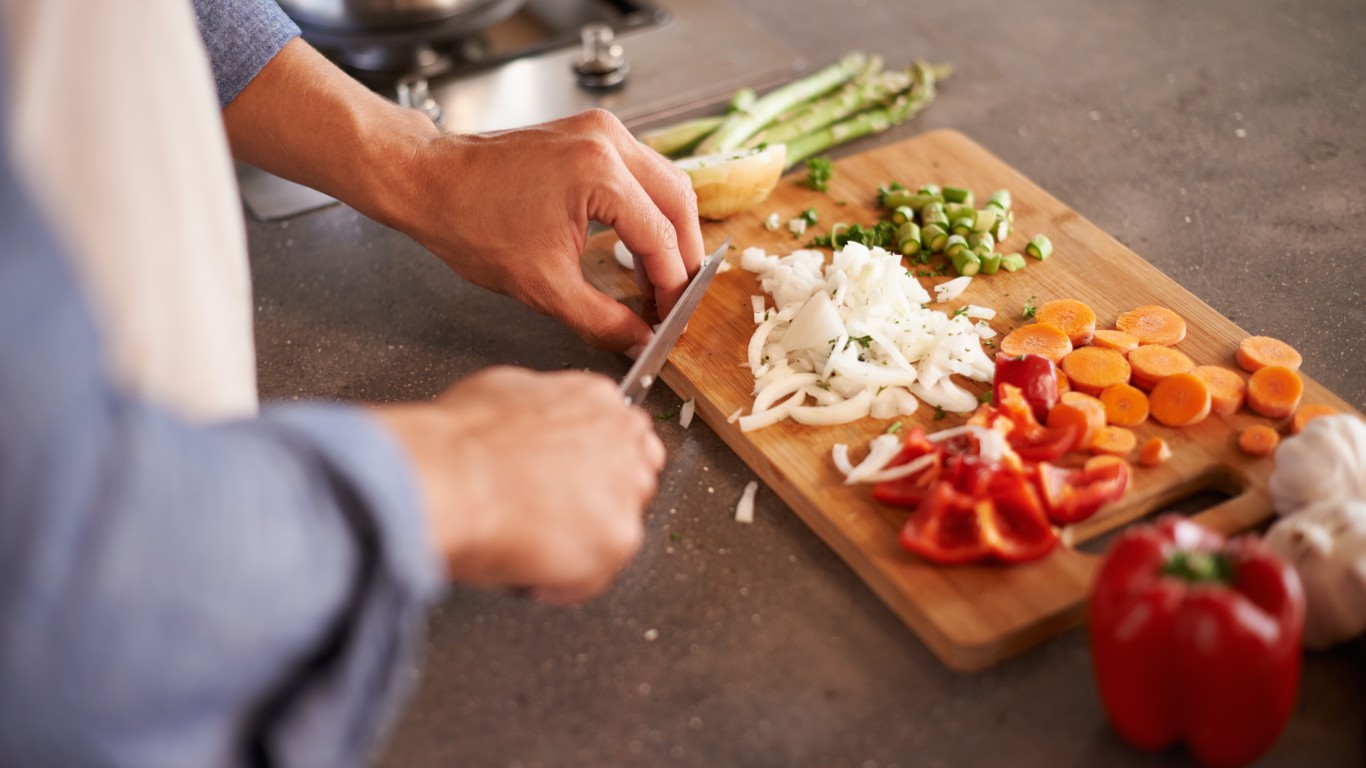
9. Cutting vegetables
How you cut the vegetables you cook should depend on how long you need to cook them. Smaller pieces will cook faster. You don’t want several different sizes cooking at the same time because some may end up being overcooked while others may still be raw.
[in-text-ad-2]
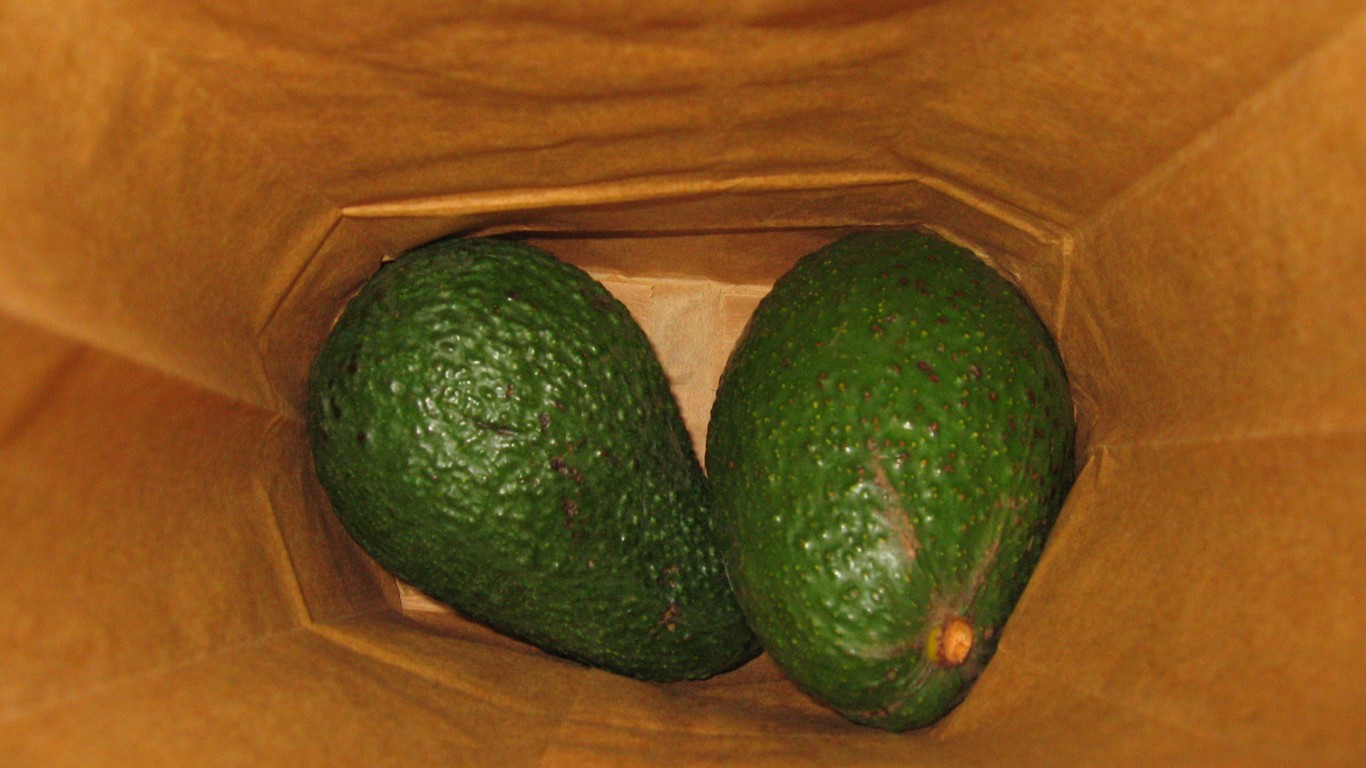
10. Ripening avocados
If you need ripe avocados, but the ones you have are not ripe enough, place them in a paper bag with a banana. The banana will help produce ethylene gas, which will expedite the ripening process. (If you want to slow down the ripening process, put the avocado in the fridge.)
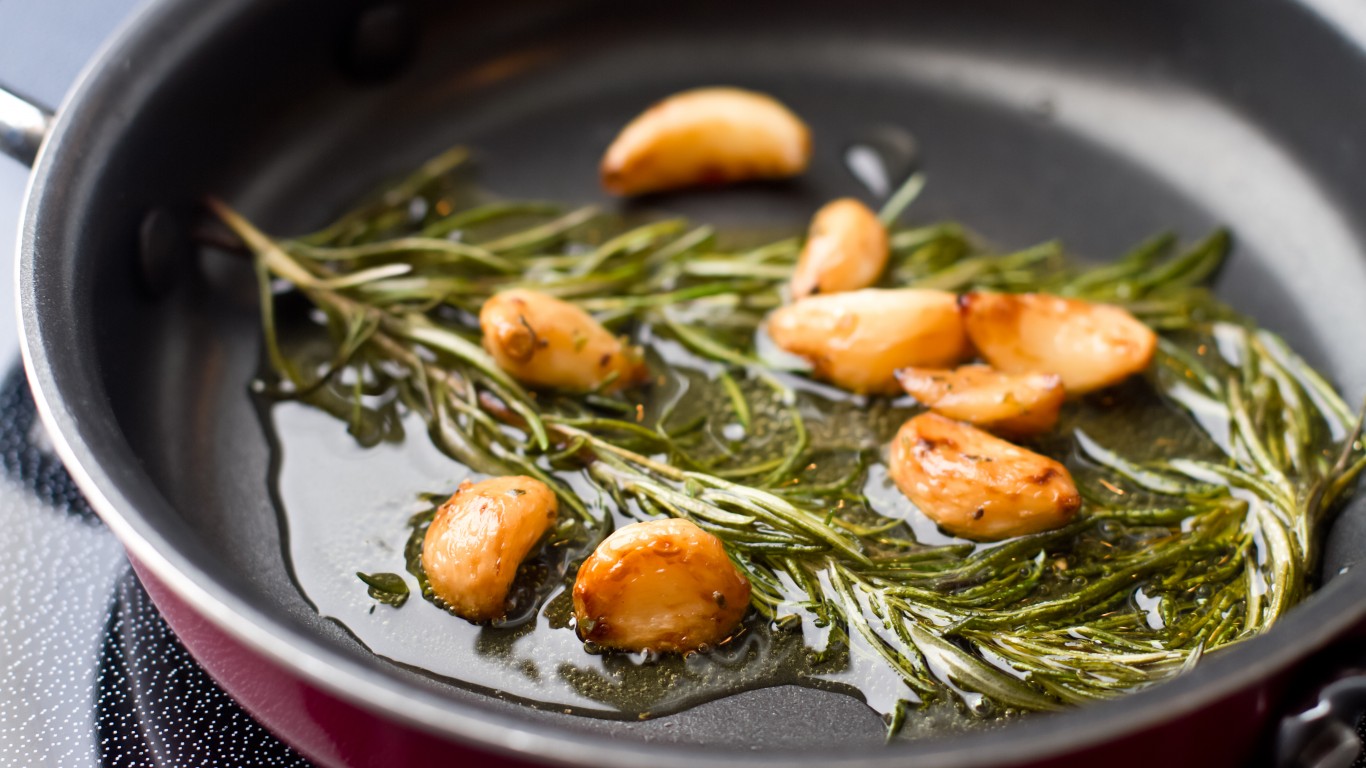
11. Using the right oils
Different oils have different smoking points. If you overheat oil, it can ruin the flavor. Extra virgin olive oil has a lower smoking point than regular olive, vegetable, or canola oils. Neutral oils — like vegetable or canola — are good for searing. You can mix olive oil with neutral oil to bring up the smoking point but preserve the flavor.
[in-text-ad]
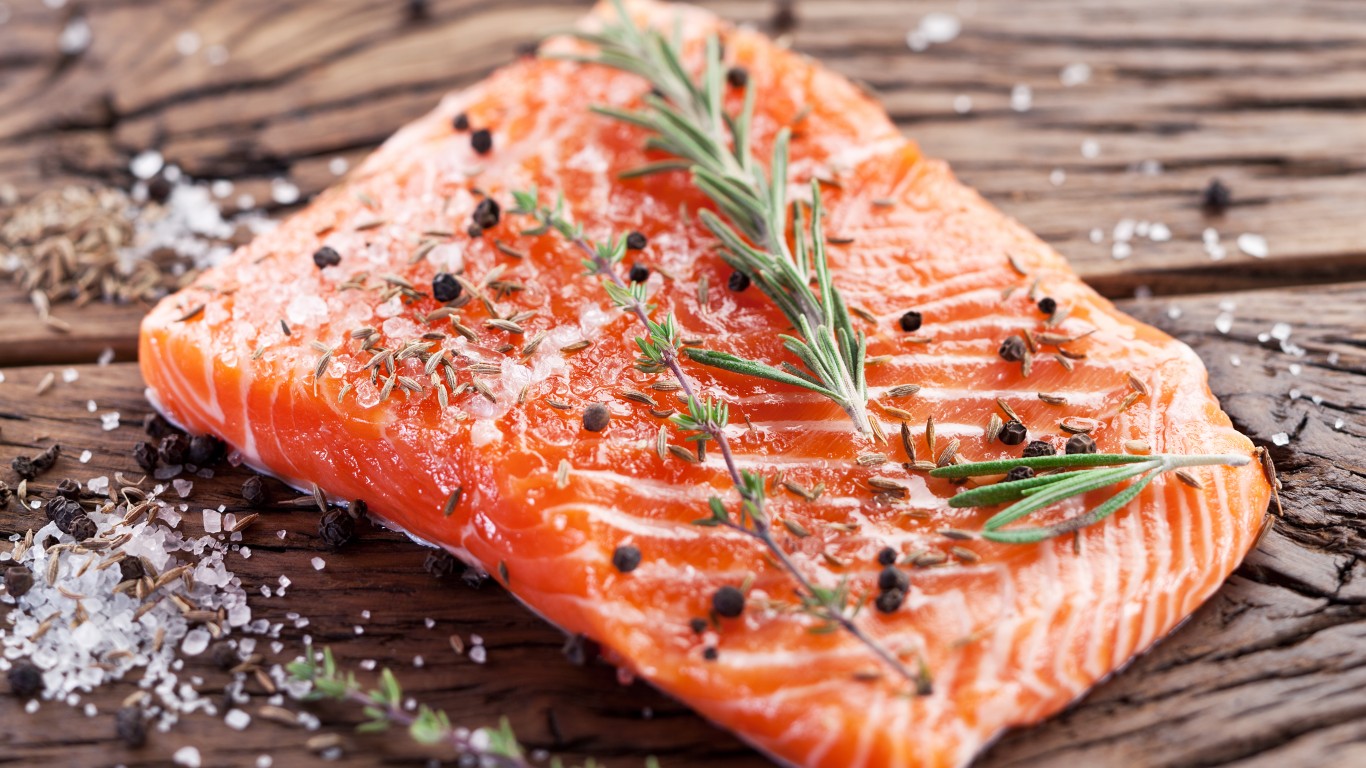
12. Keeping fish moist
An easy trick to keep fish moist is to salt it 10 to 15 minutes before cooking. This will help make the fish more firm and keep the moisture inside. It’s important to know that most fish does not need to be cooked at high temperatures. Poaching and steaming are good methods for cooking fish.
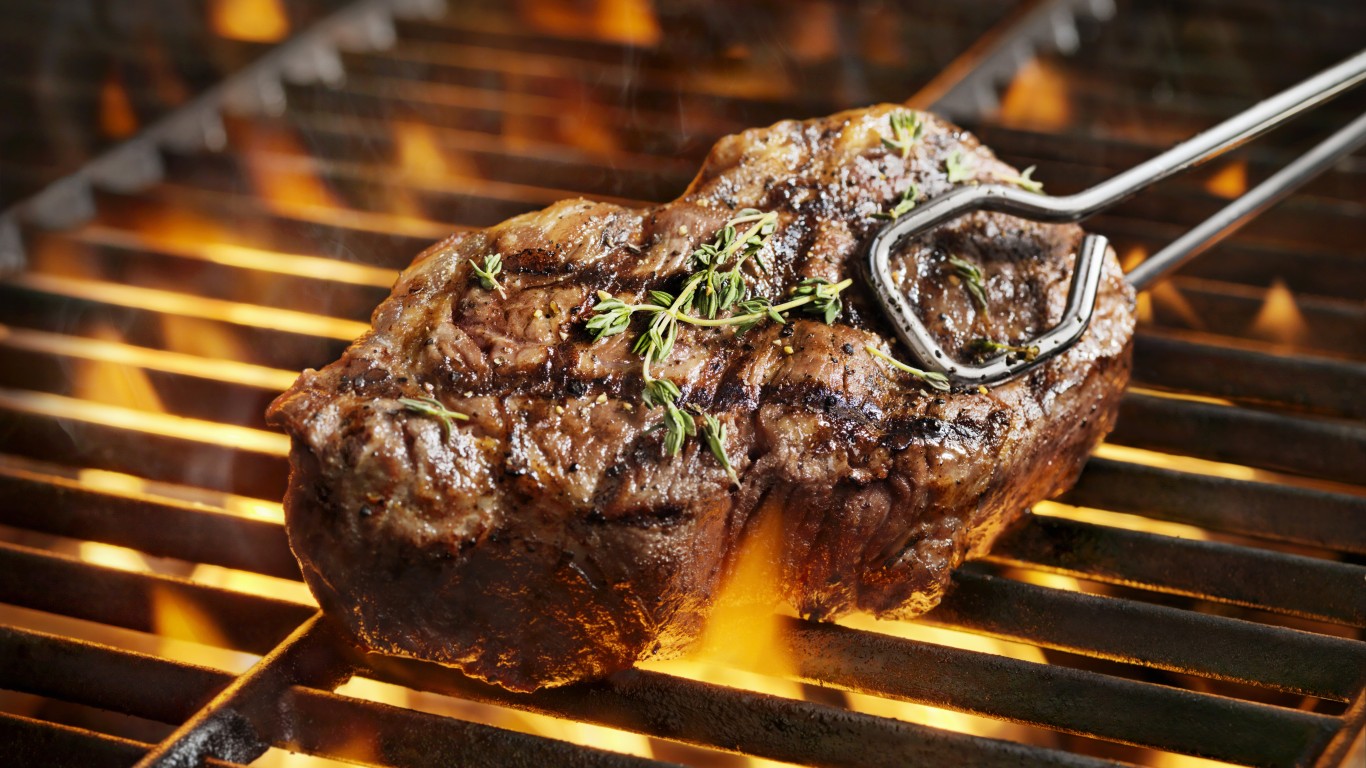
13. Grilling the perfect steak
Blotting dry both sides of the meat with paper towels before cooking helps to form a crust. It won’t happen if there’s too much moisture on the surface. Also, get your pan or grill (or oven) as hot as you possibly can if you want that caramelized crust.
14. Making scraps useful
Scraps are great for making stock. You’ll kill two birds with one stone: Making your own stock is cheaper than buying it from the store and you’ll cut down on waste.
[in-text-ad-2]
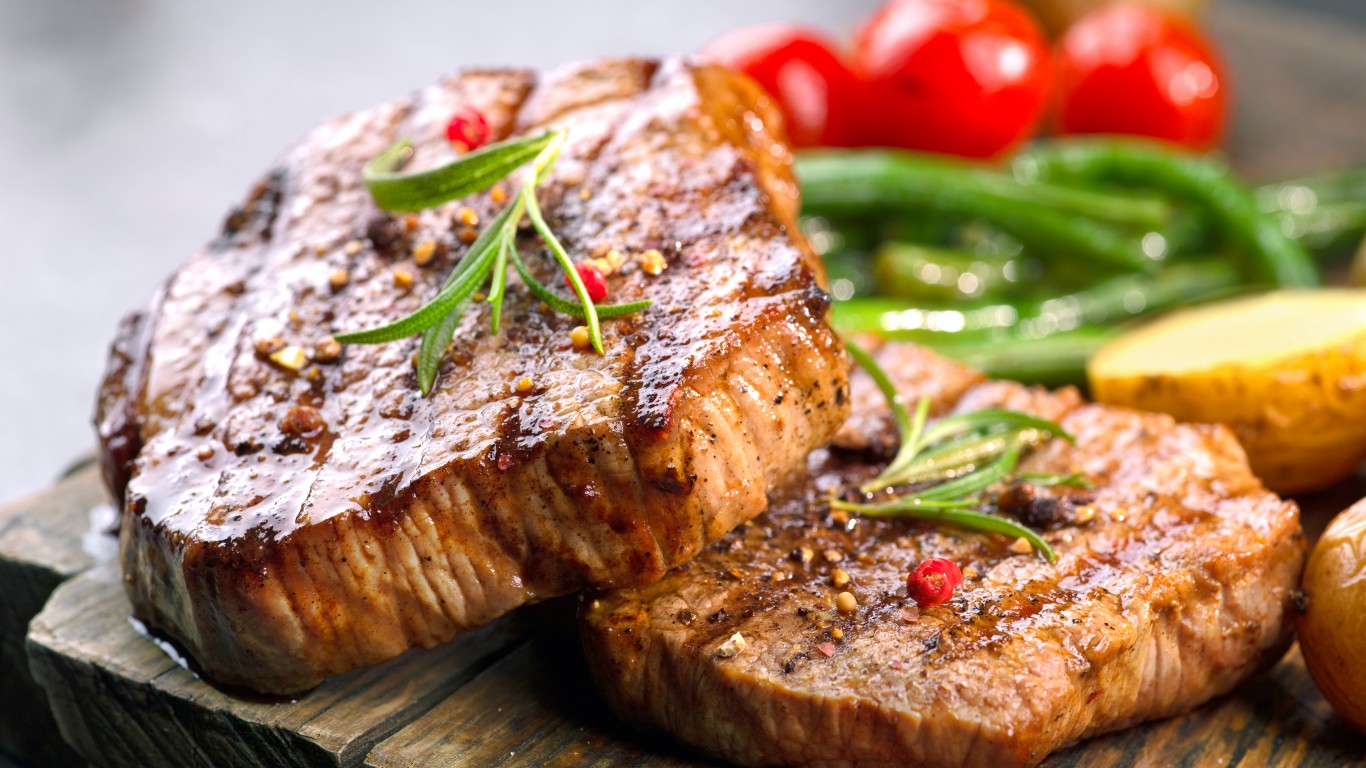
15. Letting meat rest
Almost anyone can make the perfect grilled steak if you are patient and let it rest — both after seasoning and again before serving. Otherwise, the juices will leak out when you cut it.
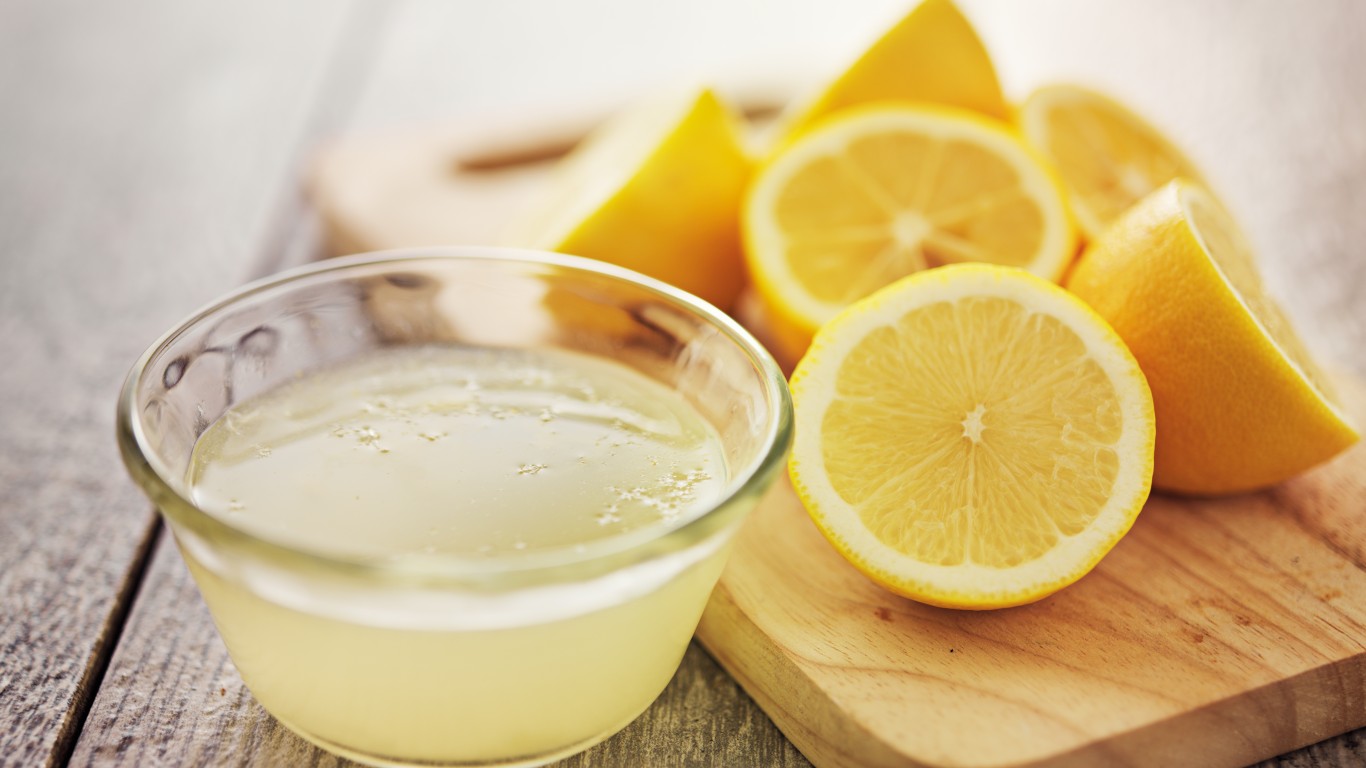
16. Rescuing over-salted foods
Adding too much salt is a very common mistake. If you want to cut the saltiness you can add butter, lemon juice, or vinegar. Or if you don’t want the extra flavor, you can just add water.
[in-text-ad]
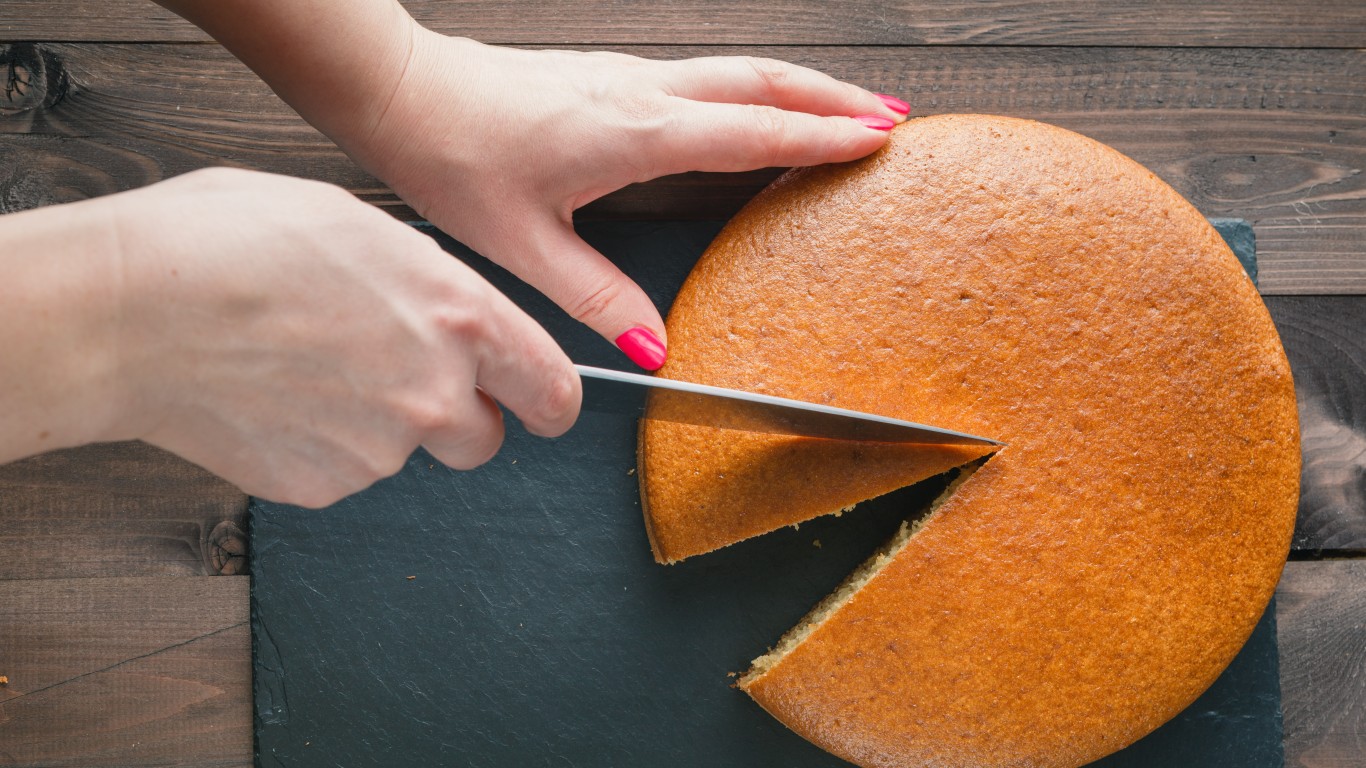
17. Cutting desserts
Run a knife under hot water right before you cut a cake or any other sticky dessert. This way you’ll be able to make a really clean, smooth cut and won’t ruin the cake. Dip the knife in hot water in between cuts as well.
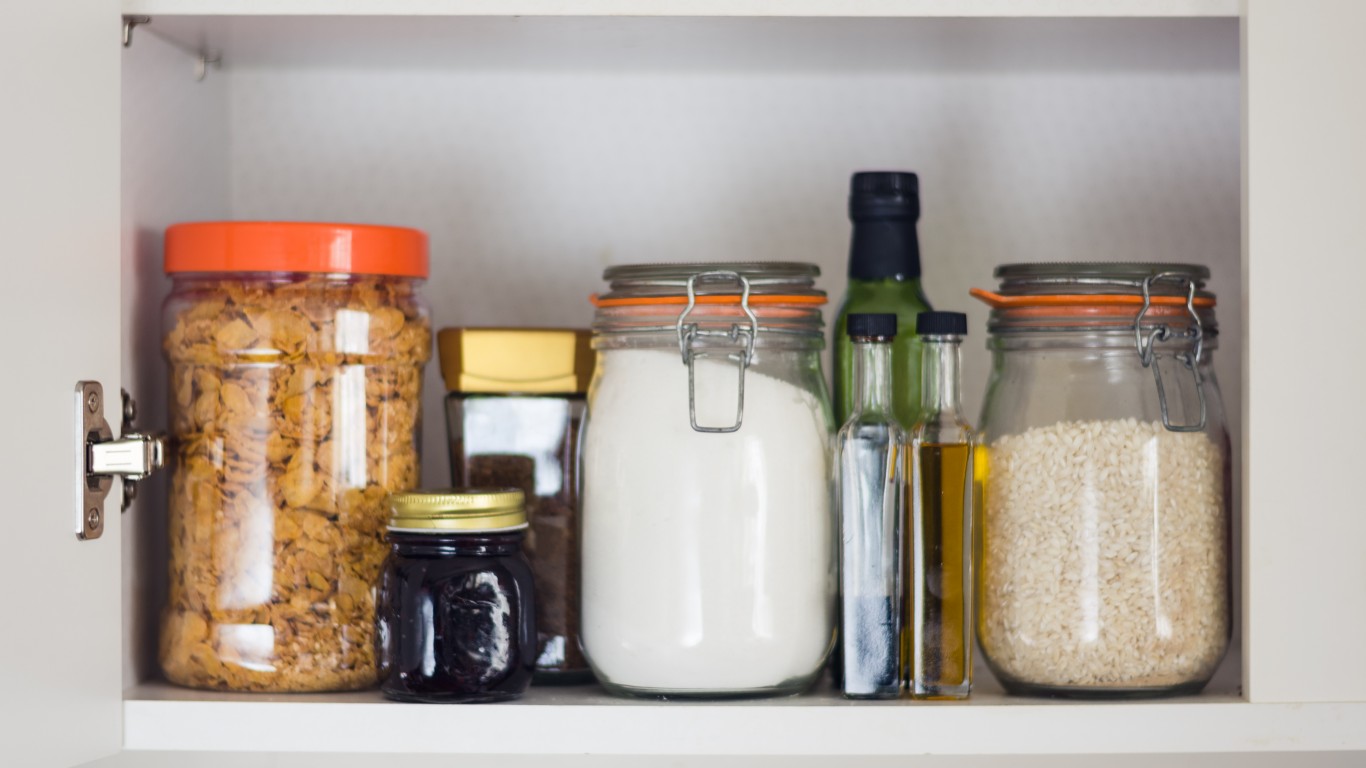
18. Adding sugar to balance flavor
Sugar works in a similar way as salt. You can add it to cut acidity or to enhance flavor. Sugar helps get the natural sweeteners out and creates a richer flavor.
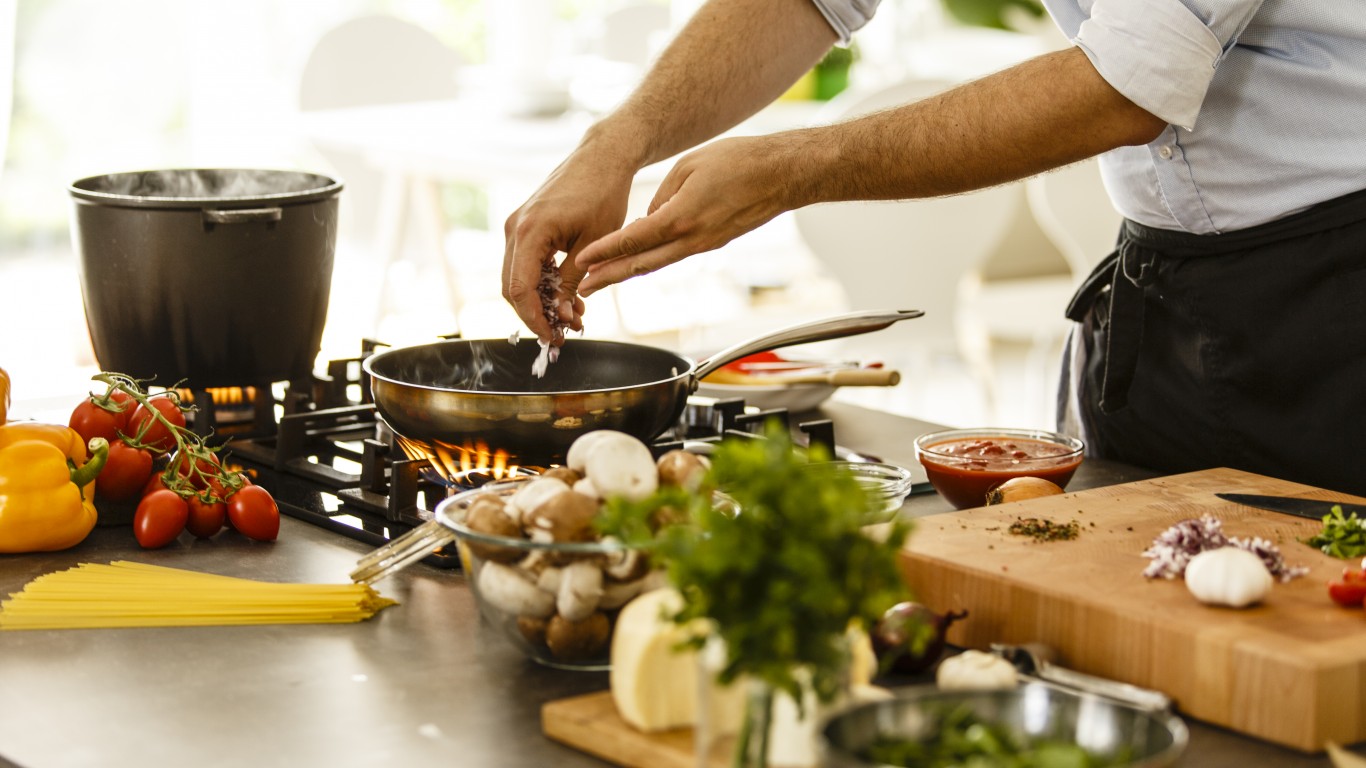
19. Toasting nuts and spices
Toasting nuts and spices releases the oils in them and boosts their flavor significantly. Toast the spices in a dry pan over low heat for a few seconds. If you want to toast nuts, do it in an oven at about 350F for about 10 minutes.
[in-text-ad-2]

20. Cooking eggs over low heat
If you don’t want to overcook eggs or make them too dry, cook them over low heat. Your scrambled eggs will be soft, fluffy, and buttery. If you’re making sunny-side-up eggs over high heat, the egg whites will cook long before the yolk. And take the eggs out of the pan before they are completely done. If they are finished in the pan, they will be overcooked on the plate.

21. Cooking bacon in the oven
Cooking bacon in the oven is less messy than cooking it in a pan. It’s a cleaner and easier method as you don’t have to stand over a hot stove dodging sputtering grease. You can also cook a lot of bacon at once and it will be more consistent.
[in-text-ad]
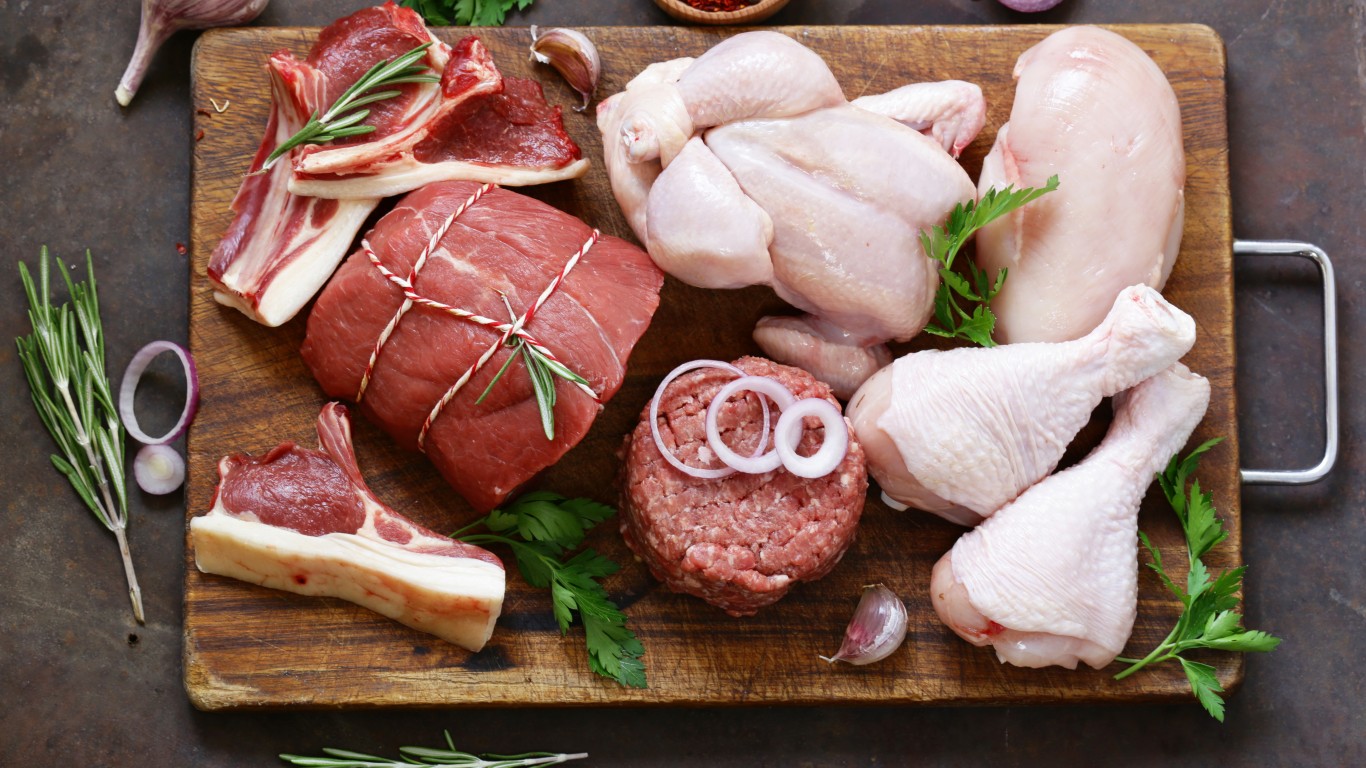
22. Bringing meat to room temperature
If you want meat to cook evenly from the edges to the center, you have to let it sit out at room temperature before cooking. This is especially true for thick cuts of meat like big pork chops, turkey, or steak.

23. Mise en place
This is not so much a cooking tip as it is a pre-cooking one. “Mise en place” simply means putting everything in one place before starting to cook. Being organized is helpful as you clearly see what you have and what you may need. It makes for a less stressful experience. Often when you’re not fully prepared, you find yourself scrambling to get ingredients you’ve missed.
The Average American Is Losing Momentum On Their Savings Every Day (Sponsor)
If you’re like many Americans and keep your money ‘safe’ in a checking or savings account, think again. The average yield on a savings account is a paltry .4%1 today. Checking accounts are even worse.
But there is good news. To win qualified customers, some accounts are paying more than 7x the national average. That’s an incredible way to keep your money safe and earn more at the same time. Our top pick for high yield savings accounts includes other benefits as well. You can earn a $200 bonus and up to 7X the national average with qualifying deposits. Terms apply. Member, FDIC.
Click here to see how much more you could be earning on your savings today. It takes just a few minutes to open an account to make your money work for you.
Thank you for reading! Have some feedback for us?
Contact the 24/7 Wall St. editorial team.
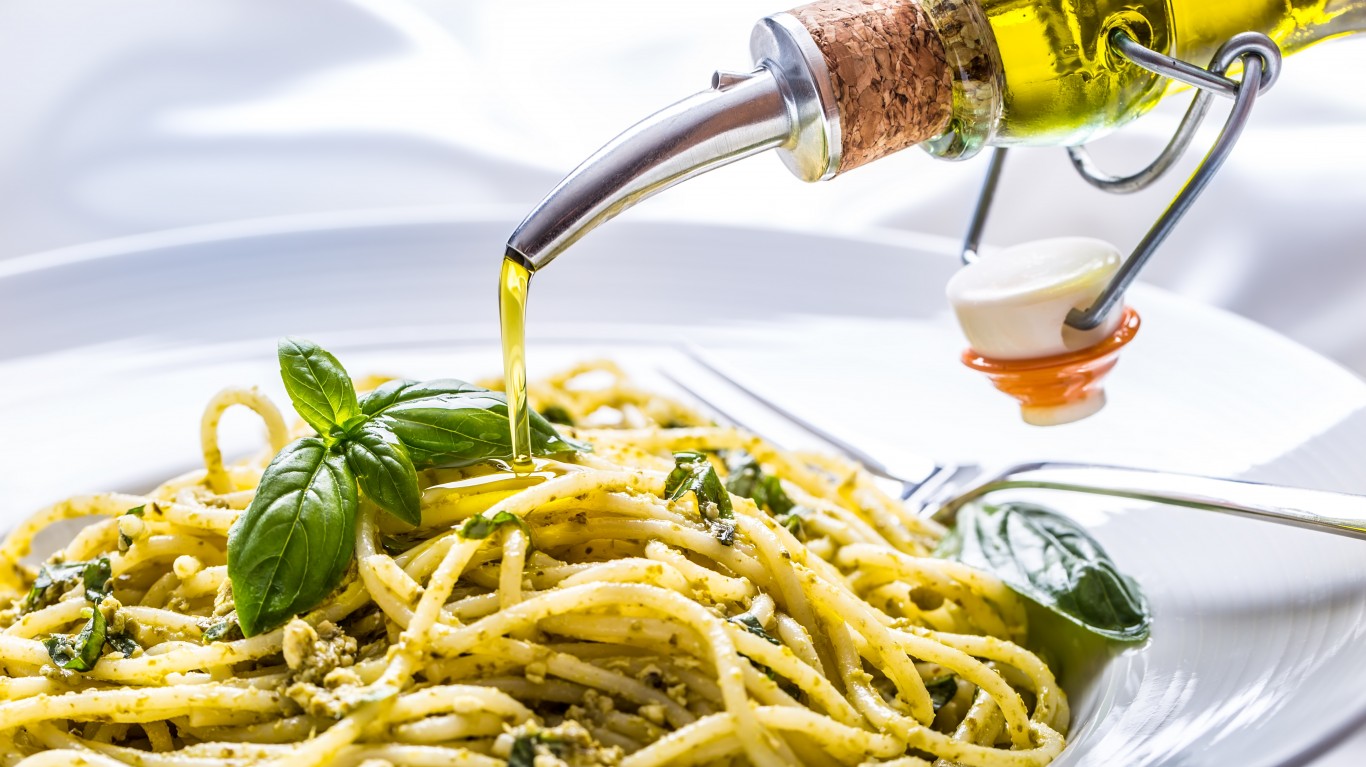 24/7 Wall St.
24/7 Wall St.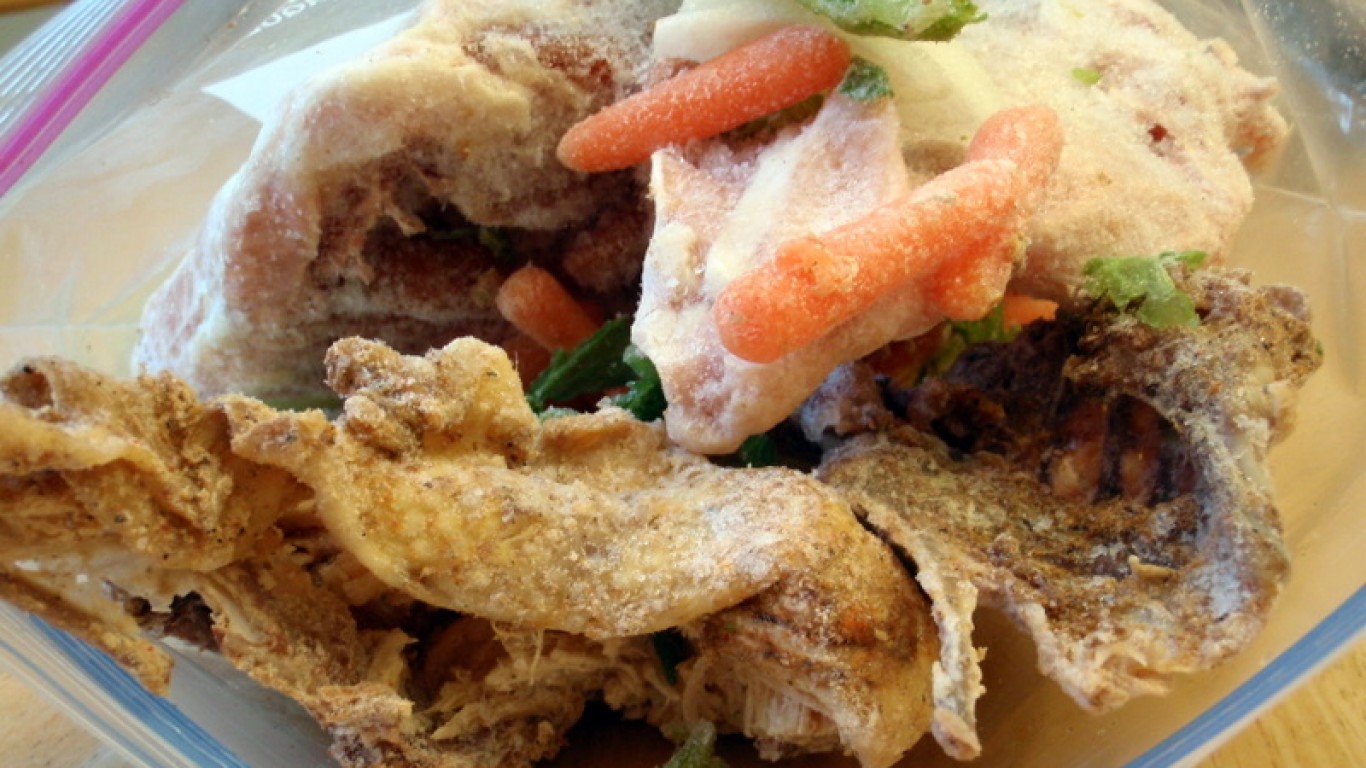
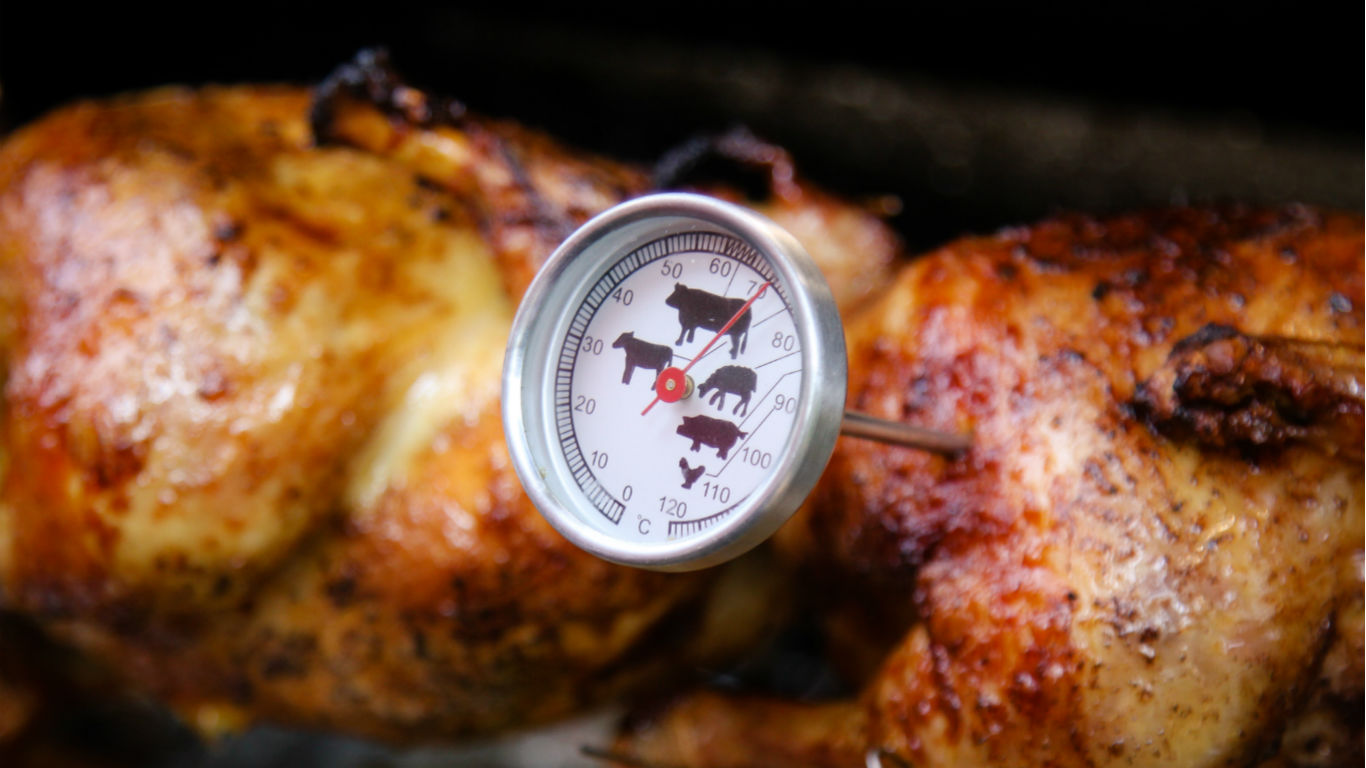 24/7 Wall St.
24/7 Wall St.

